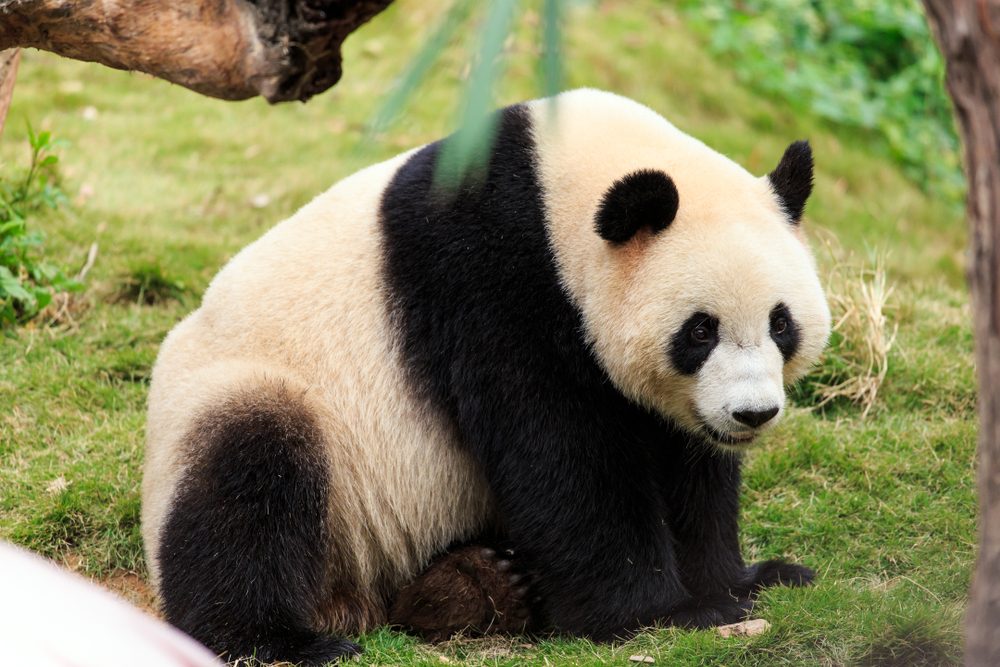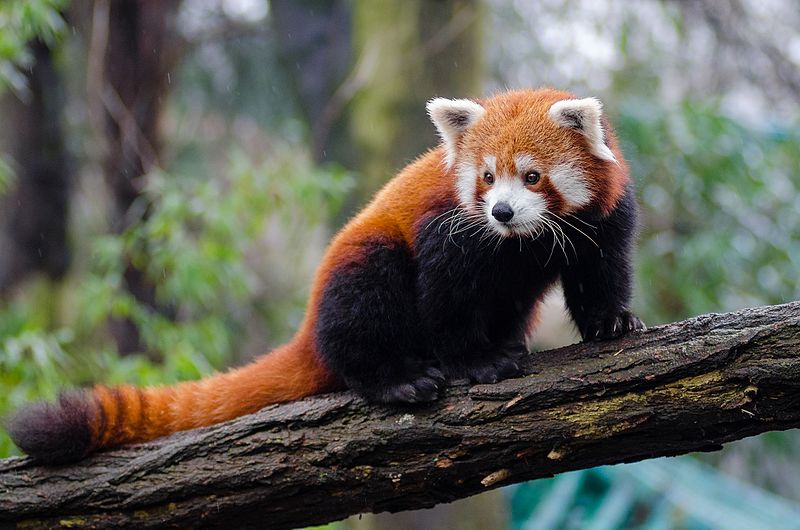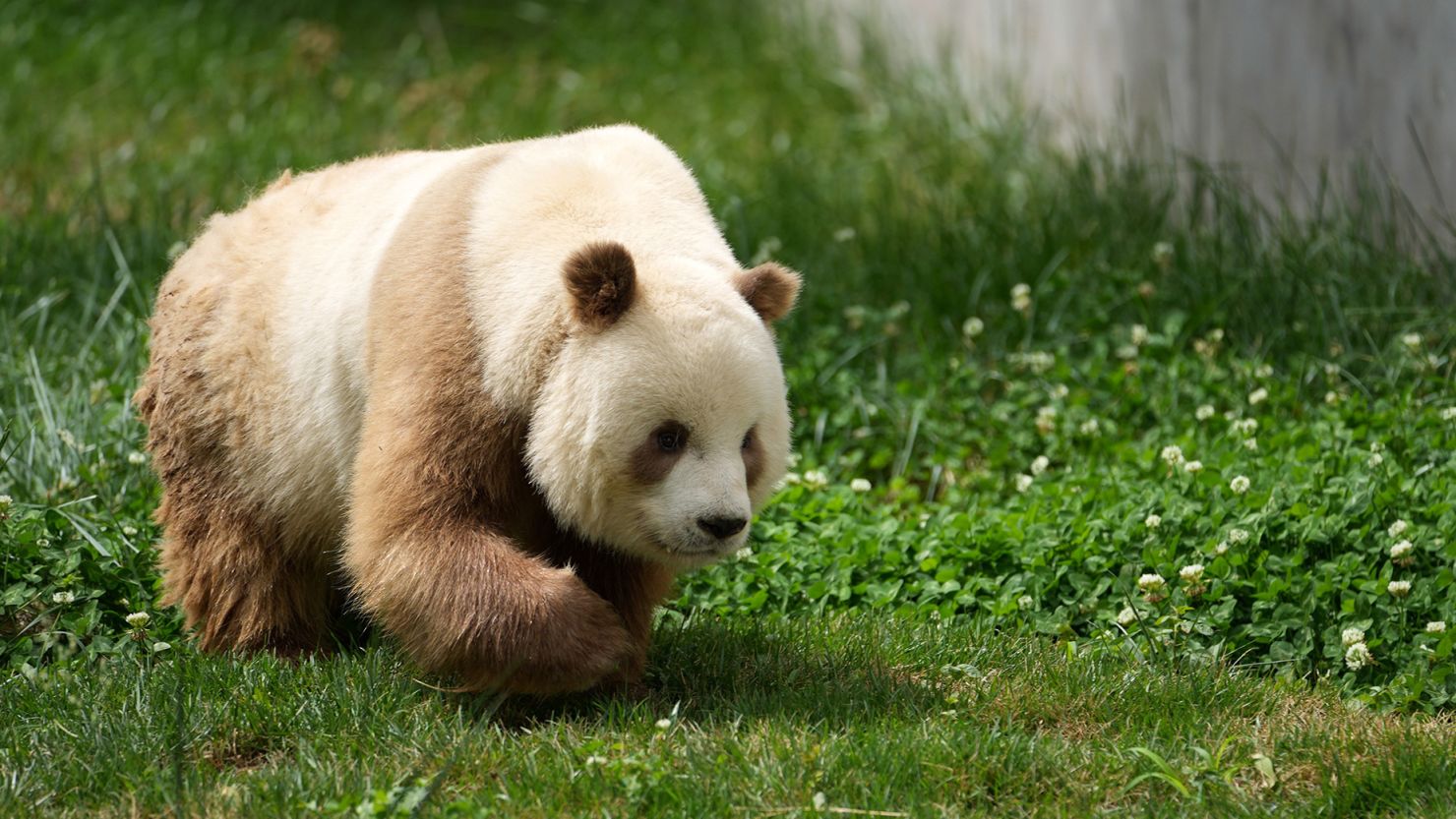
Pandas primarily inhabit the mountain forests of central China, particularly in the Sichuan, Shaanxi, and Gansu provinces. They thrive in the cool, misty bamboo forests at altitudes between 1,200 and 3,400 meters (3,900 to 11,200 feet). These forests provide pandas with a rich supply of bamboo, their main food source, and the dense vegetation offers shelter and seclusion. Conservation efforts focus on preserving these forest habitats to ensure the survival of the giant panda species, as their natural environment is crucial for their well-being and reproduction.
Pandas have a highly specialized diet primarily consisting of bamboo, which makes up more than 99% of their food intake. They consume a variety of bamboo parts, including shoots, leaves, and stems, and can eat up to 38 kilograms (about 84 pounds) of bamboo daily to meet their nutritional needs. Despite their evolutionary classification as carnivores, pandas have adapted to a herbivorous diet, with their digestive systems and behaviors tailored to processing large amounts of bamboo. Occasionally, they may eat other foods, such as small mammals or carrion, but these are rare in their diet.






